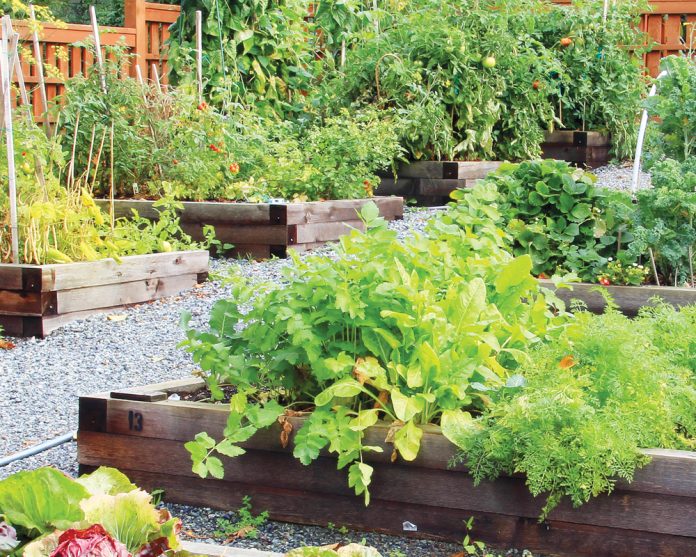Rich soil, check. Water, check. Sufficient sunlight, check. Is there anything else to do to ensure a bountiful harvest from your garden? Consider companion planting. Companion planting is a strategy that involves planting compatible or symbiotic plants in adjoining areas of the garden. This can help with reducing pests, enhancing pollination, slowing weed growth, extending crop life, and moderating sunlight, which all results in increasing crop yield.
Companion planting is not a new concept. Evidence suggesting knowledge of companion planting dates back almost as long as plants have been domesticated. The classic combination is the “three sisters” of corn, climbing beans, and winter squash. The corn provides a pole for the beans, the beans “fix” nitrogen by making it more available in the soil for the corn, and the squash deters vine borers.
Here are some more classic pairings to get you started:

If you want to keep it simple, or if you don’t grow a wide variety of crops, you can take advantage of the concept in an easier way. Plant lettuce, radishes, spinach and other early, cool-weather crops in between plantings of tomatoes, squash, and other vined vegetables. This maximizes your garden space, keeps weeds at bay, and the early crops will cycle out before the vines take up all the space. More harvest, same space, a win-win!












 20 lucky winners will win $500 each in prizes totaling $10,000.
20 lucky winners will win $500 each in prizes totaling $10,000. 